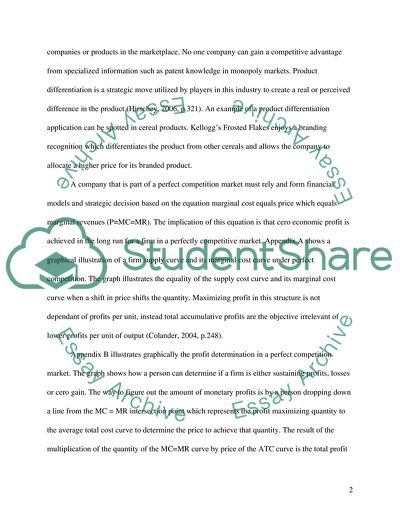Cite this document
(A Comparative Analysis of Four Major Market Structures Term Paper, n.d.)
A Comparative Analysis of Four Major Market Structures Term Paper. Retrieved from https://studentshare.org/marketing/1710357-marketing-strcture
A Comparative Analysis of Four Major Market Structures Term Paper. Retrieved from https://studentshare.org/marketing/1710357-marketing-strcture
(A Comparative Analysis of Four Major Market Structures Term Paper)
A Comparative Analysis of Four Major Market Structures Term Paper. https://studentshare.org/marketing/1710357-marketing-strcture.
A Comparative Analysis of Four Major Market Structures Term Paper. https://studentshare.org/marketing/1710357-marketing-strcture.
“A Comparative Analysis of Four Major Market Structures Term Paper”, n.d. https://studentshare.org/marketing/1710357-marketing-strcture.


